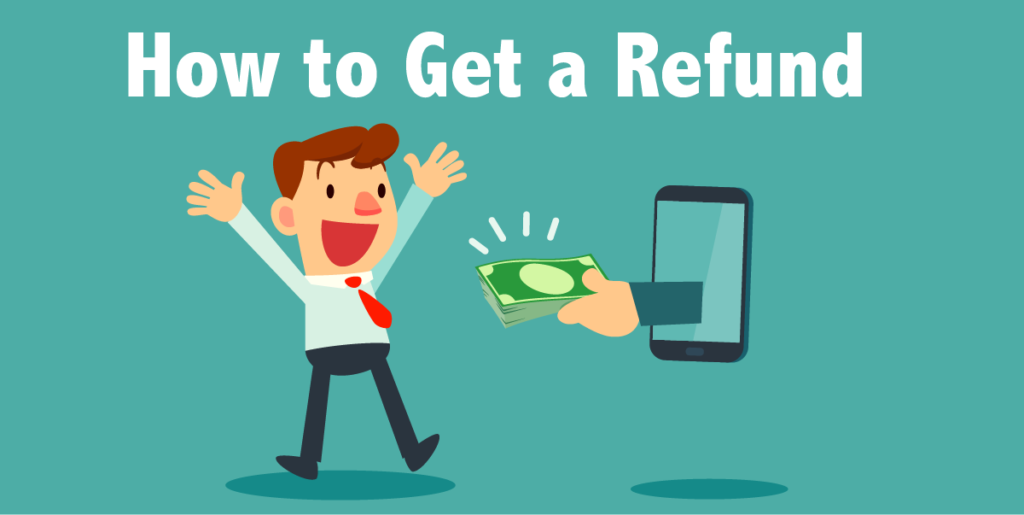

At this time, federal student loan payments have been suspended until Sept. After that, fixed payments are due each month. Provided by federal and state governments and private lenders, most student loans allow a grace period of six months after graduation or dropping to below half-time enrollment. Student LoansĪccording to, 44.7 million borrowers owe a total of $1.6 trillion on student loans. Many personal finance experts recommended taking out an auto loan only if you’re well-positioned to pay it off over 36 months. The term usually varies between 36 and 72 months, and interest rates hover around 3-5%. Auto loans require a down payment, which can offset the interest rate you pay over the lifetime of the loan. With these loans, which are offered by banks and auto dealers, the car you’re purchasing is the collateral. Simply put, auto loans are taken out to pay for vehicles if you can’t afford the total cost upfront. Due to the COVID-19 pandemic, major banks like Bank of America and Wells Fargo have tightened lending standards around HELOCs. A HELOC can potentially be risky, as your home is the collateral and can be seized if you default on the loan.

The main difference is a HELOC is a revolving line of credit, like a credit card with a high limit, and not a loan. HELOCsĪ home equity line of credit (HELOC) uses the available equity on your home to fund big expenses (such as college tuition or a home repair) or consolidate debt, similar to a home equity loan. If you default on the loan, though, the bank could seize and foreclose on your home. This loan can be used for debt consolidation, home improvement, or other big expenses. The amount you can borrow depends on the available equity you’ve accumulated on your home - typically up to 85% of equity. Also known as a second mortgage, a home equity loan is a lump-sum payment that you repay over a fixed term, using your home as collateral.


 0 kommentar(er)
0 kommentar(er)
